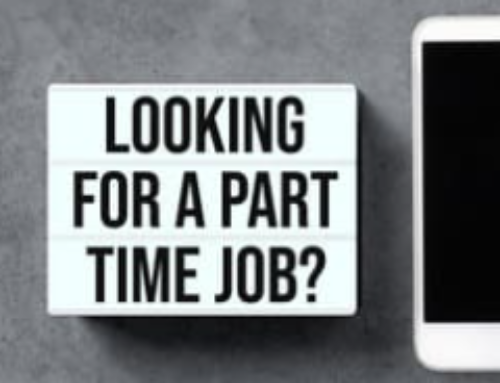Dear Sam: I am a faithful reader and I have used some of your resume advice. I was laid off, in April, from my role as a receptionist. That came on the heels of being laid off from an office manager position I held for 29 years, hence my administrative, office management, and bookkeeping background is strong. My unemployment benefits will be coming to an end in two weeks and I’m scared. I have been submitting at least two resumes each week with little success. Even if I do get an interview I am not granted the job. I offer an old-school work ethic, take pride in everything I do, and strive to become an exemplary employee. Is the problem my age? Please help me understand what I’m doing wrong. – Elayne
Dear Elayne: I am so sorry you are in this situation. By the time I was 28 years old I had been laid off 3 times and I too felt scared and discouraged when I considered that perhaps my old-school work ethic was not going to yield loyalty on both sides of the table. Thank you for sending your resume so I could visualize what employers are receiving. From my first glance I can tell you are a highly qualified administrative professional, but I believe there is significant room to repaint the picture of your 29-year tenure with your first employer.
With a 1987 date sticking out on page one of your resume, I do fear that some are immediately scanning your resume and seeing you as overqualified and perhaps too expensive. None of the positions you are applying for will require 30+ years of work experience so we have to be a little more strategic about how and what we present from that first 29-year role. I imagine your titles changed throughout the years either through promotions or simply updated job descriptions, and this would be the key to trimming the amount of experience you should present. Ideally we would want to go back about 10-15 years—likely no more than 20 years—so think about the chronology of your time with that employer and how you can create a different picture by presenting the timelines you held titles, and not the entire timeline you worked for the company. This is often the key to painting a picture that positions you are qualified and not overqualified. For example, if you were a secretary from 1987-1996, administrative assistant to the president from 1996-2001, office manager from 2001-2006, and accounting assistant until your departure in 2016, I would consider only including the last 2 roles you held, 3 at most. Do you see how this allows you to trim your experience considerably while still gleaning adequate value from your tenure with the company? If you went back to include the last 2 roles with the company that would equate to 15 years of experience which would more than qualify you for your next engagement. Even with the inclusion of the last three roles, it would still paint a picture that was stronger and more relevant than going back to 1987.
Additionally, the format of your resume is dating you. When you reorganize how your early career is presented, you will be able to highlight key functions and contributions within each of your roles. Currently, a reader has to wade through more than a page of information before they reach two little bullet points with the heading “Accomplishments.” Think about that. You are presenting 29 years of experience and you end that entire section with 2 accomplishments totaling all of 24 words. What value does that convey you added? Does that really summarize what you did over and above your role? I am absolutely sure it does not. Be sure you are using up-to-date content development and formatting practices to ensure the structure and presentation of your resume isn’t working against you. I am confident that when you paint a more strategic picture your results will be much stronger. Best to you.




